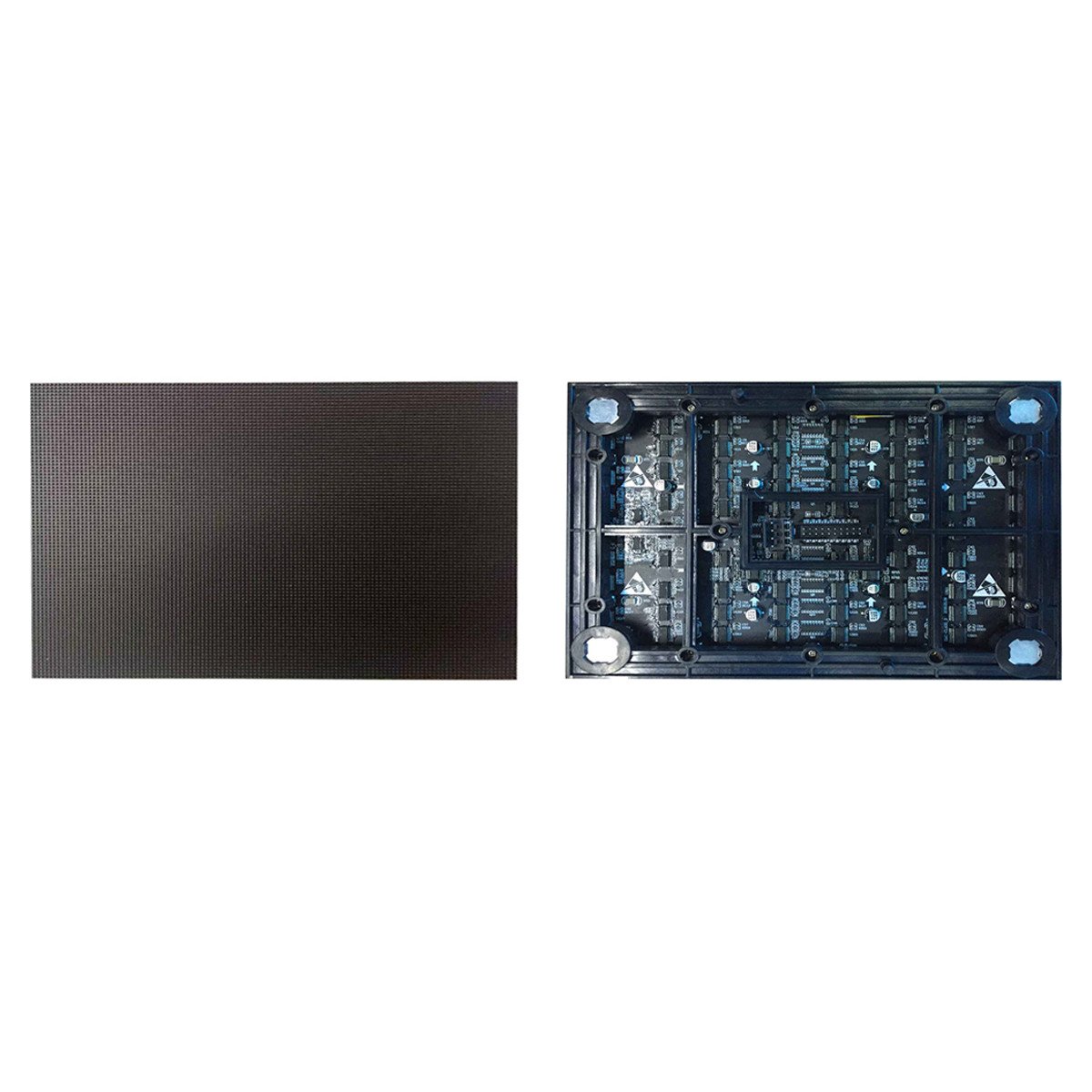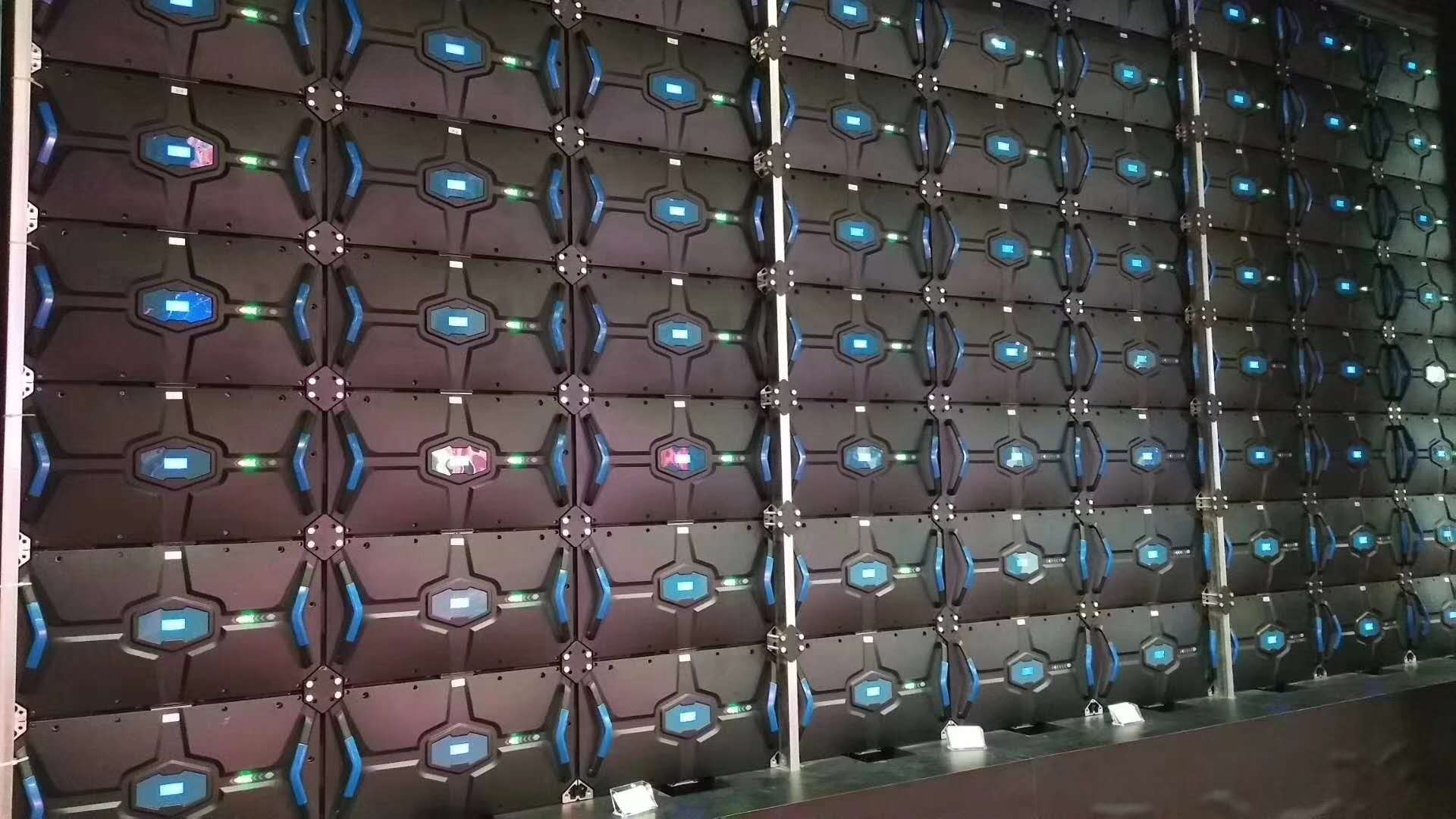HD LED Display Why do 5G bring 8K LED Display to Fast Lan
HD LED Display Why do 5G bring 8K LED Display to Fast Lan
One obvious signal that the 5G era is rushing is that many ordinary consumers can also blurt out the technical advantages of 5G: high bandwidth, low latency, wide connection... and in some veteran “technical control” illusion, 5G seems to be It is the "ether" that permeates the digital world. Different industries touch it and can instantly release new energy. Narrow pixel led display
In the eyes of many people, with China's 5G commercialization, 8K ultra-high-definition HD LED display video is expected to become the first industry in the 5G era to achieve a trillion yuan scale. Compared with other industries that may be more subversive, the first encounter between 5G and 8K has taken the lead in “achieving each other”: on the one hand, the rapid increase in content capacity has caused a high dependence on high-speed transmission, and 5G has consolidated 8K large-scale applications. On the other hand, 8K ultra-high-definition video also makes up for the lack of problems in the current 5G application scenarios and forms a certain complement to the communication industry.
Well, "the future has come, but the distribution is uneven" - the mutual penetration of 5G and 8K is in a state of weakness.


For example, at this year's MWC, the Central Broadcasting and Television Station completed the 5G remote transmission of China's first 8K ultra-high-definition TV program, achieving 8K video transmission at a maximum speed of 320Mb/s, which is an advanced test experience in the overall technology development environment; In addition, in Beijing Super HD Video Co-production Center, the world's first 5G+8K OB car is also about to be put into use, 5G+8K will undoubtedly play an important role in various live broadcasts for HD LED Screen
At the end of content production, 5G is also an excellent soil for nourishing 8K. The free grafting of the two in this soil will become an important choice in the field of content production in the future. After all, the ultra-high-definition display represented by 8K is another major technological breakthrough after digitalization and intelligence. This view has become an industry consensus.
In the face of certainty, no one wants to fall. So today, let's talk about "5G and 8K", a new technology that resonates with each other for Small pixel led display
However, everything must be discussed from the 8K technology that is not satisfactory to 8K Fine pixel led display
Throughout the history of human business, the rise of any industry often has to go through three processes: technological breakthroughs, product follow-up, and business ecosystem closed-loop. However, "the destiny has its own timetable", for different technologies, the "time length" of commercial closed-loop nesting is fast and slow.
Unfortunately, 4K is relatively slow.
As we all know, a few years ago, 4K was the “basic literacy” of most new TVs, but the whole industry did not let people enjoy the 4K benefits in the first time. The content popularization process was quite slow, if it was 2018 In October, CCTV opened 4K ultra-high-definition channels as a turning point, and the popularity of 4K took about 5 years.
This, of course, has a cause. For example, due to the lack of a "big one" international standard, the popularization process of 4G is slow, and no network blessing 4K signal can not be transmitted; the same is related to the fact that at the beginning of 4K technology, the network carrying capacity is still insufficient, the network The rate is difficult to fully meet the viewing requirements of 4K video. According to CCTV data, the demand rate for watching 4K video is between 40Mb/s and 60Mb/s. Although the current 4G network can provide a peak rate of 100Mb/s, the actual use. The rate is between 8Mb/s and 60Mb/s, and the number in the China Broadband Rate Status Report is that the average download rate of China's fixed broadband network is 28.06Mbps, which cannot support the high-speed transmission of 4k ultra-high-definition content. In other words, the overwhelming speed of the Internet constitutes an invisible "air wall" that hinders the rapid development of 4K.
So to a certain extent, it is the arrival of the 5G wave, which has broken the wave of 4K in the past five years. The Central Radio and Television General Station began to accelerate the 5G+4K landing in the second half of last year. The three major operators also seized the test and research and development of 4K TV transmission.
In addition, the 4K ecological spread is slow, and it is also related to the lack of its own industry normative standards, as stated in the "2019 China 4K Industry Research and Business Investment Decision Analysis Report": "For 4k technology, product content, etc., currently in China There is no authoritative test and certification system, and there is no unified technical standard and certification standard, which affects the future popularization and healthy development of the industry."
In the end, the 4K business pace slowed down, and it was also related to mass consumer psychology. We must know that at the beginning of the birth of 4K, the prelude to China's consumption upgrade has just revealed a glimmer. Many people's consumption consciousness is not ahead, and there is no willingness to pay for better things.
Therefore, all the reasons for technology and concept have led to the 4K ecology being more difficult to produce.
In contrast, with the arrival of 5G, the development of 8K is more smooth.
First, 5G is closer to an international standard. The value gap between 5G and 4G is much larger than between 4G and 3G. Therefore, on the eve of the 5G era, although it is not a harmonious atmosphere, for the public interest, the entire communication industry is more aware that global communication is a coordinated development. ecosystem.
What is gratifying is that in the process, many-core technologies of 5G are actually in the hands of Chinese enterprises and piloted in China. This is very beneficial to the grafting of other technologies such as 5G and 8K, which can greatly promote a domestic color TV. The speed of evolution of the industry.
Of course, as mentioned earlier, advancing the rapid evolution of any industry requires two parallel forces: technological advancement and renewal of ideas. It is not difficult to find that in the wave of consumption upgrades, compared with other places, Chinese consumers have more “sensitivity” to new products in the past one or two years, and the transition from small to early adopters to mass consumers. More smooth.
Take 4K as an example. In 2018, China’s 4K TV shipments ranked first in the world. According to the latest data released by the China Electronics Chamber of Commerce, the penetration rate of 4K TV shipments in the first half of 2019 has reached 70%, and the inventory of 4K set-top boxes exceeds 2.2. Billion Taiwan, of which about 40 million are full 4K set-top boxes; "Ultra HD Action Plan" is to strive to achieve the full popularity of 4K TV terminals by 2022.
It is not difficult to predict that Chinese consumers’ general awareness of the consumption of new things will have a huge thrust on the popularity of the future 8K – many analysts have pointed out that under the baptism of consumption upgrade, people’s desire for new products is It is not as smooth and iterative as the business. The consumer groups represented by the new middle class are more and more inclined to “step in place”. They are likely to skip 4K and directly greet 8K TV.
Therefore, technical, conceptual, all these reasons lead to more adequate "initial conditions" of 8K.
The spark between 5G and 8K ignited the enthusiasm of the entire industry chain. But everyone knows that the user's attention to the 8K tilt requires content production, encoding and decoding, transmission, display, and other industries to go hand in hand. If 8K wants to complete the commercial closed loop of “technology, products, and ecology” faster, then every link is indispensable.
Fortunately, from the current development point of view, the speed of closed-loop fitting is at least faster than 4K.
At the just-concluded 2019 (3rd) 8K QLED Display Technology Forum, the 8K product "8K Ultra HD Display Certification Technical Specification" was issued to help the 8K industry get out of the formality as soon as possible. Academician Ouyang Zhongcan of the Chinese Academy of Sciences also said: "5G's ultra-large broadband, ultra-low latency is an important technical support for 8K popularization and dissemination, and 8K content products also solve the 5G demand for container traffic.
Driven by 5G, the 8K ultra-high-definition video industry will usher in a new development opportunity. The large-screen QLED 8K products can promote the upgrade of the home visual experience, leading the display industry to enter a new era of 5G+8K coordinated development. ”
Why do you "have high hopes" for 8K?
First, look at the display end, in the consumer TV market, 8K TV products gradually landed in the second half of last year. The major brands not only formed a series of products around 8K, but also began to price clearly, trying to let 8K TV fly into some ordinary people's homes as soon as possible. . For example, Samsung, the only manufacturer of multi-price segment 8K TVs in the current consumer market, has already covered 8K TVs to 65-inch, 75-inch, 82-inch, 85-inch and 98-inch sizes, 8K. The sales volume of the products in the global market in the first half of the year was about 35,000 units, which was better than market expectations.
In contrast, the author has noticed that from the products that are currently on the market, the same size 8K TV, Samsung's 8K TV price, such as 85 inches, is far cheaper than its rival Sony, and the market still does not see Sony's 8K TV less than 85 inches.
By the way, in terms of 8K terminal products, global technology control is very exciting, Samsung also launched 8K signs this year, The Wall (resolution from 4K-8K) using Micro LED technology, is for the public to show The most mature possibilities of the current Micro LED technology in the product: large size, modular, custom consumption, but also let the outside world see the 8K in the future.
In terms of content production, the 8K broadcast of the 2020 Tokyo Olympics is no longer news; technical control also knows that RED WEAPON cameras have also been put into 8K film shooting, "Galaxy Guard 2" is this equipment with Panavision Primo 70 and Leica Summicron-C Lenses was filmed. In fact, the global fans are expecting that the grand Marvel universe will be able to fully open the 8K journey as soon as possible; and in many streaming media service providers like Netflix, 4K has been adopted as the content standard. One, if there is no accident, 8K is about to go through such a stage, and it is likely to be faster.
In fact, the current 8K content on the market is still quite scarce, but Samsung has given its own solution, that is, the quantum dot 8K processor to improve the image quality. Based on Samsung's 8K artificial intelligence enhancement technology, the program image formula required for creating ultra-high resolution images is created by artificial intelligence machine learning. Image data can be quickly analyzed and compared to millions of image formulas stored in a formula library. After selecting the best image formula, it can intelligently reconstruct image texture, edge definition and detail level up to 8K level resolution. Therefore, most content can have incredible clarity.
At present, Samsung is still the world's few companies with complete 5G industrial letter solutions and 8K commercial display solutions. As early as six years ago, Samsung has taken the lead in developing the first mobile transmission network based on 5G core technology and said that it will conduct commercial promotion of 5G network by 2020. So far, the world's first Gigabit 5G transmission, the first multi-device 5G switch is completed by Samsung. After seeing the future prospects of 5G Bright, Samsung's 8K TV will seize the future entrance.
In short, under the blessing of 5G, the improvement of the 8K industry chain may not be as far as you think.
Conclusion
In fact, the industry has already reached a consensus: the next five years will be a strategic opportunity for the development of China's ultra-high-definition video industry.
In March of this year, the Ministry of Industry and Information Technology, the State Administration of Radio, Film and Television and the Central Radio and Television General Station issued the "Ultra HD Video Industry Development Action Plan (2019-2022)" shows: In 2022, the overall size of China's ultra-high-definition video industry exceeded 4 trillion yuan. In the process, many people are very convinced that starting from the "two-year" of 5G and 8K in 2019, the two will open the "double-helix" development trend of Zhulian.
In my own opinion, although 8K is far from the end of the human pursuit of clarity (I doubt whether it really exists), if you really understand the impact of 5G on human society, then you will feel that it is a fusion with 8K. Excited. HD LED Display



